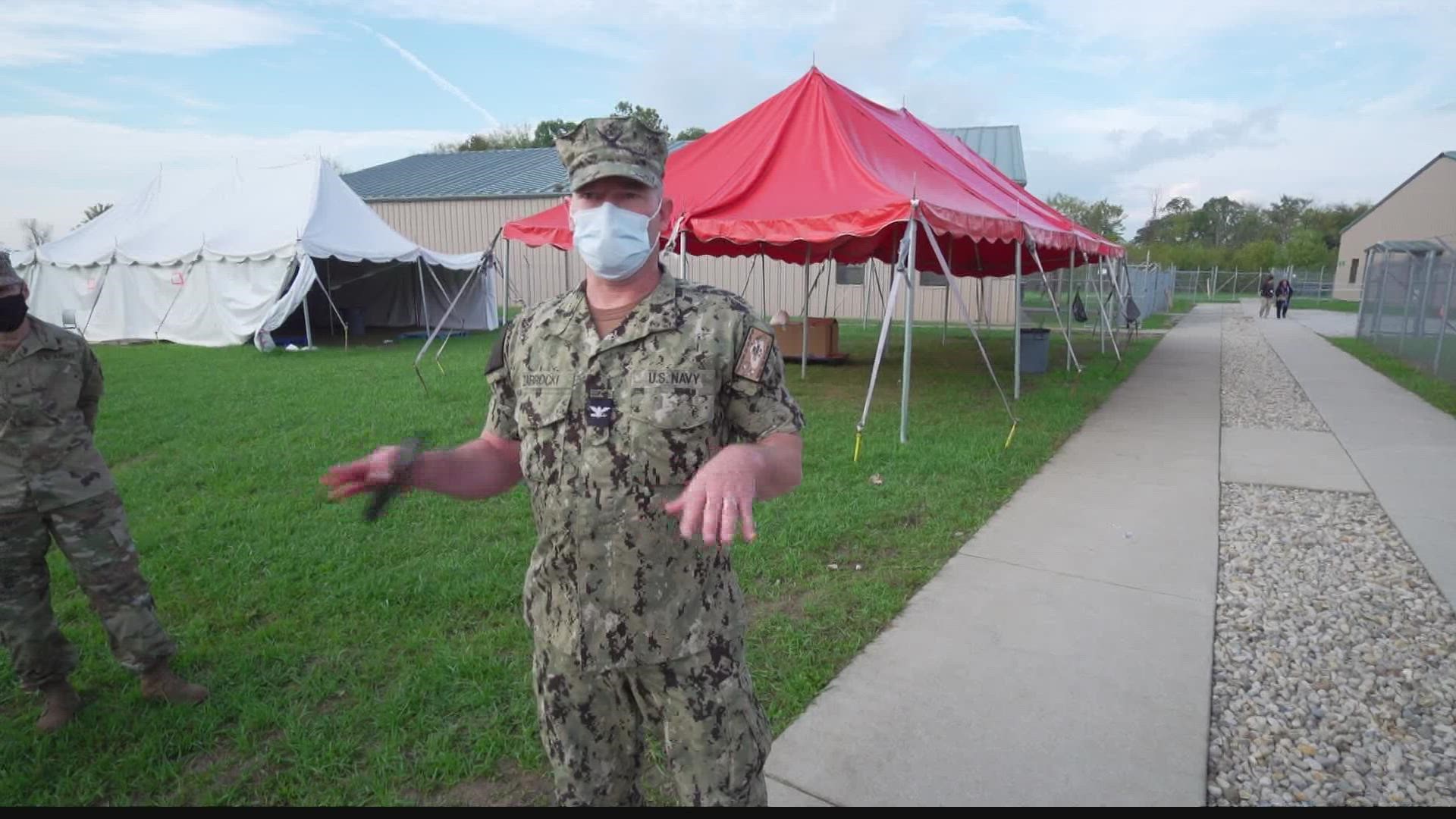WASHINGTON, D.C., USA — Military bases that housed tens of thousands of Afghan refugees in the U.S. incurred almost $260 million in damages that in some cases rendered buildings unusable for troops until significant repairs to walls and plumbing are made, the Pentagon’s inspector general found.
Over the last two weeks of August 2021, the U.S. Air Force managed the largest humanitarian evacuation in its history, airlifting 120,000 people from Afghanistan in just 17 days. The bulk of those passengers were Afghans fleeing Taliban rule, and U.S. aircraft delivered tens of thousands of those Afghans initially to bases in Qatar, the United Arab Emirates, Spain, Italy, Bahrain and Germany.

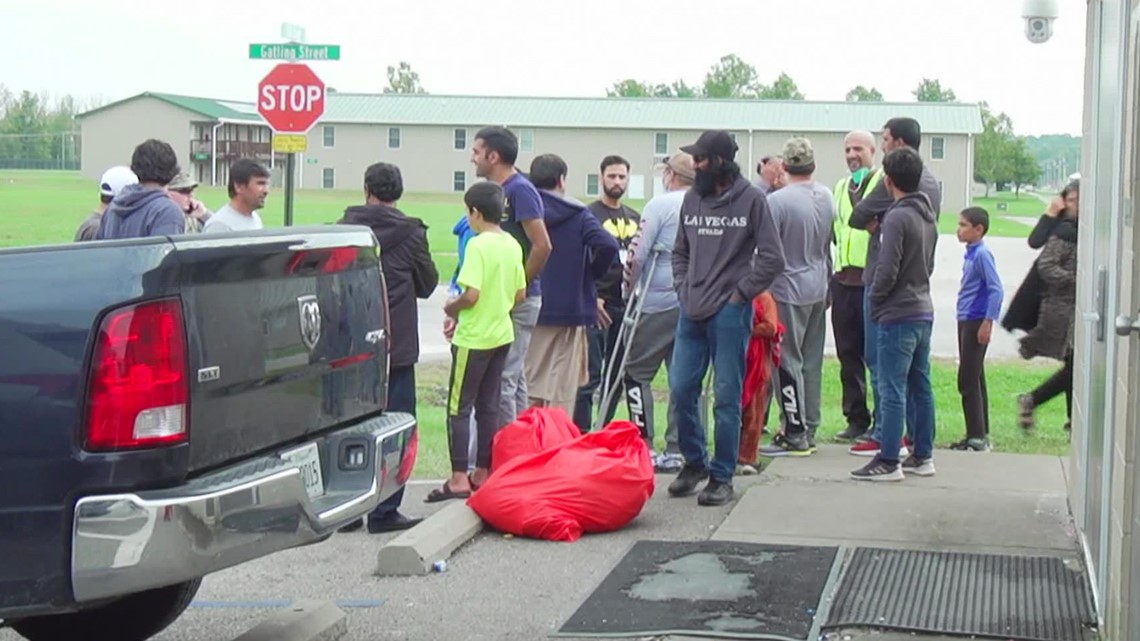
After processing, many of the refugees were flown to eight military bases in the U.S., where many were housed for months as they awaited visa processing and resettlement; the last Afghan refugee left military housing in February.
The refugees were housed at Fort Bliss, Texas; Joint Base McGuire-Dix-Lakehurst, New Jersey; Fort McCoy, Wisconsin.; Camp Atterbury, Indiana; Fort Pickett, Fort Lee, and Marine Corps Base Quantico, Virginia; and Holloman Air Force Base, New Mexico.

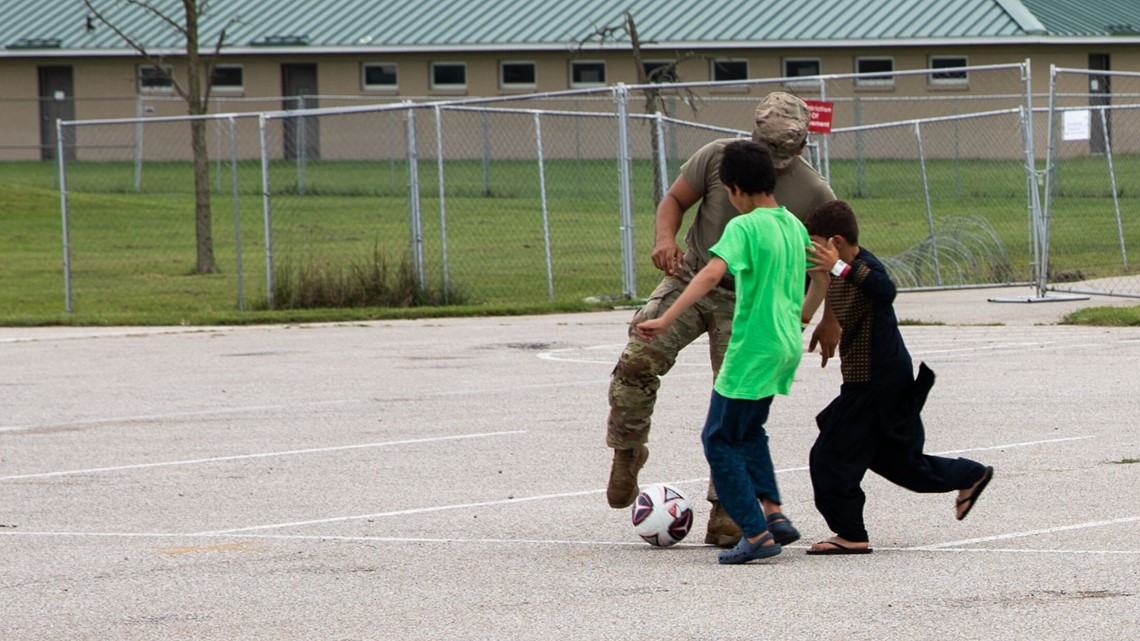
Camp Atterbury repairs
The sheer volume of people in the temporary housing left those barracks and buildings with significant wear and tear, the inspector general found.
In one case, training for the Indiana National Guard was relocated from Camp Atterbury to Fort Campbell, Kentucky, due to damages caused during “Operation Allies Welcome." The facilities need to be restored “to a condition that enables them to conduct trainings, prepare for future events, and return to normal base operations,” the IG found.

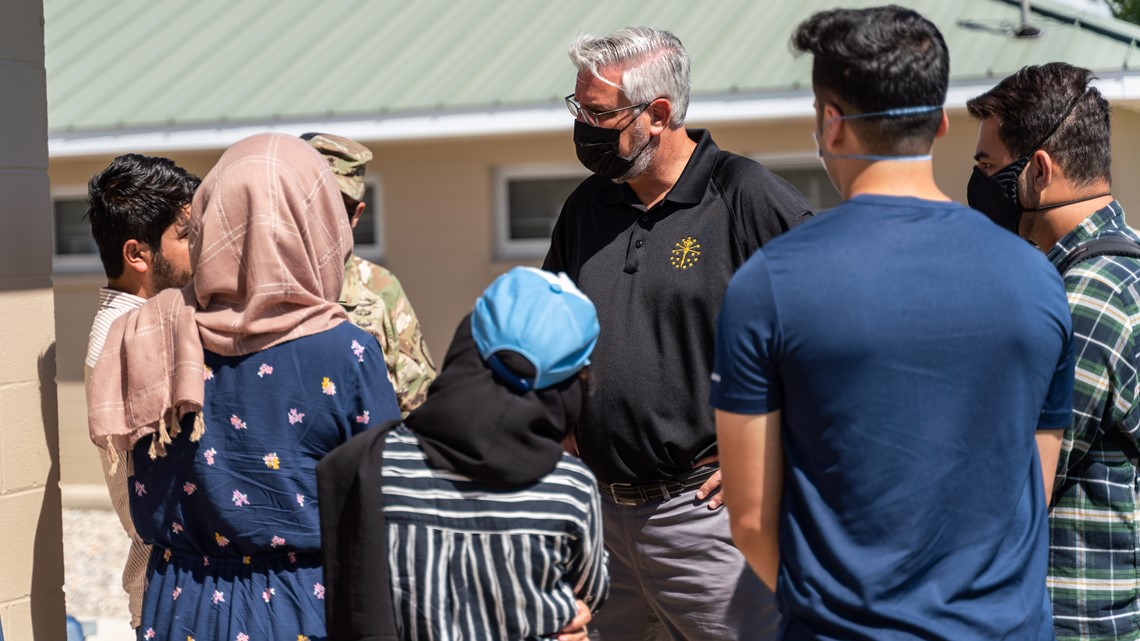
For example, of the $260 million in approved restoration costs, the Defense Department approved about $16.8 million for Camp Atterbury “to replace mattresses and furniture and repair floors, doors, windows, plumbing, fire alarm systems, and landscaping.”
Camp Atterbury housed the refugees from September 2021 through January 2022.
13News reached out to the Indiana National Guard to try and get a better understanding of where that $16 million comes from. 13News asked if it included: costs to convert the buildings back after housing the refugees, costs needed to update buildings prior to housing refugees, damage or vandalism created by refugees.
Lt. Col. Randi Jo Bougere with the Indiana National Guard issued the following responses:
How much is due to damage/vandalism caused by the refugees?
Camp Atterbury housed over 7,200 Afghan refugees from September 2nd, 2021, to January 25th 2022. During that 145 day period, the Operation Allies Welcome Task Force and refugees utilized 122 buildings on the installation for daily life support, housing, and resettlement activities. Camp Atterbury’s buildings are meant to be transient in nature for personnel who mainly train during the weekend and over extended periods during exercises. The use of our buildings, especially for adult and family housing, seven days a week, 24 hours a day, created extreme wear and tear far greater than during normal usage by service members who may occupy them 8-10 hours per day during training. This accelerated the need for repairs outside of our normal life cycle and sustainment maintenance schedule, including all associated infrastructure. A breakdown of the $16.8M: facility repair – 78%; furnishings – 13%; Kitchen and audio/visual – 4%; and overall base operations – 2%.
How much of that is the cost of converting the buildings back to their original use?
The buildings used for OAW supported housing, feeding, logistics, and administrative operations. This is not any different then how they are used to support service members: barracks for housing, dining facilities for feeding, and warehouses for supplies. By design, many of our buildings are multi-purpose, which was ideal for refugee and resettlement operations. These buildings were used for many refugee processing operations, routine medical support, reception, staging, recreation, and administrative functions. The costs for restoration have more to do with extreme wear and tear from extended use to return buildings to their pre-OAW state as opposed to converting the purpose of a building.
How much of that is connected to repairs that were already needed?
Camp Atterbury conducts normal life cycle replacement and sustainment maintenance for 10-20% of our buildings annually. The OAW costs go above and beyond that annual maintenance and sustainment due to extreme wear and tear, given the longevity of their use.
Response from Indiana coordinator for Operation Allies Welcome
Aaron Batt, a federal coordinator for Operation Allies Welcome with the Department of Homeland Security, told 13News the money requested is for "reset cost." The reset cost includes any costs during the operations to Camp Atterbury – replacement of beds, cleaning facilities, etc. – to ensure it was in the same or better condition than it was before Operation Allies Welcome.

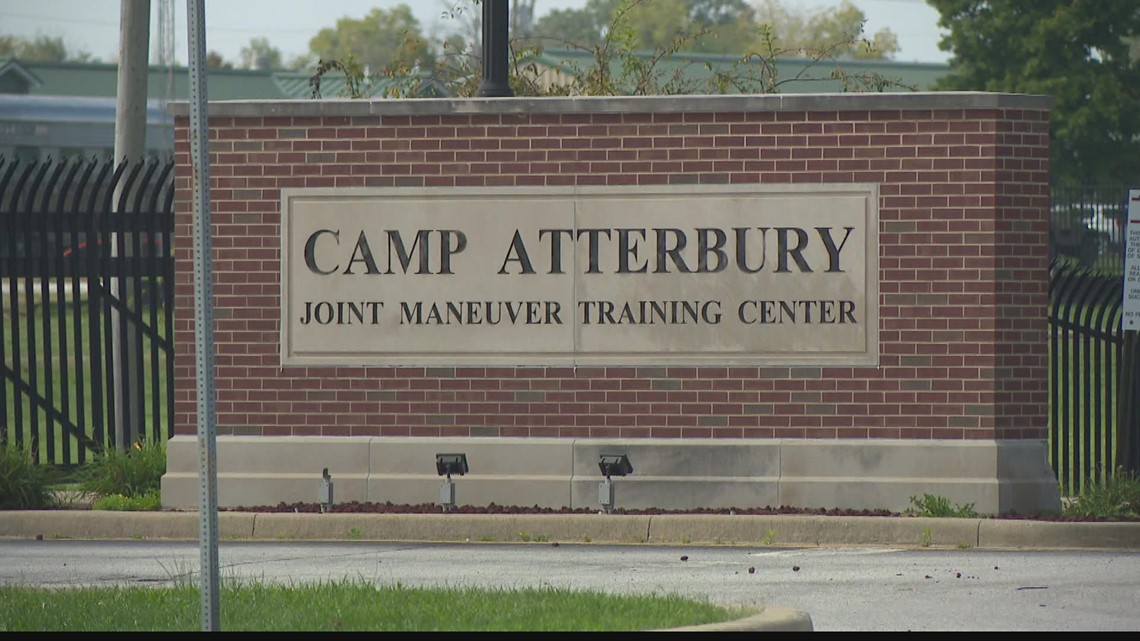
Questioning repair costs
The inspector general also questioned whether all the repair work requested by the eight bases was connected to the refugees’ stay.
For example, Fort McCoy, which housed 12,706 refugees, was approved for $145.6 million to repair buildings and plumbing, an amount that was more than three times the combined restoration needs of Fort Bliss and Fort Pickett, which had housed similar numbers of refugees.

